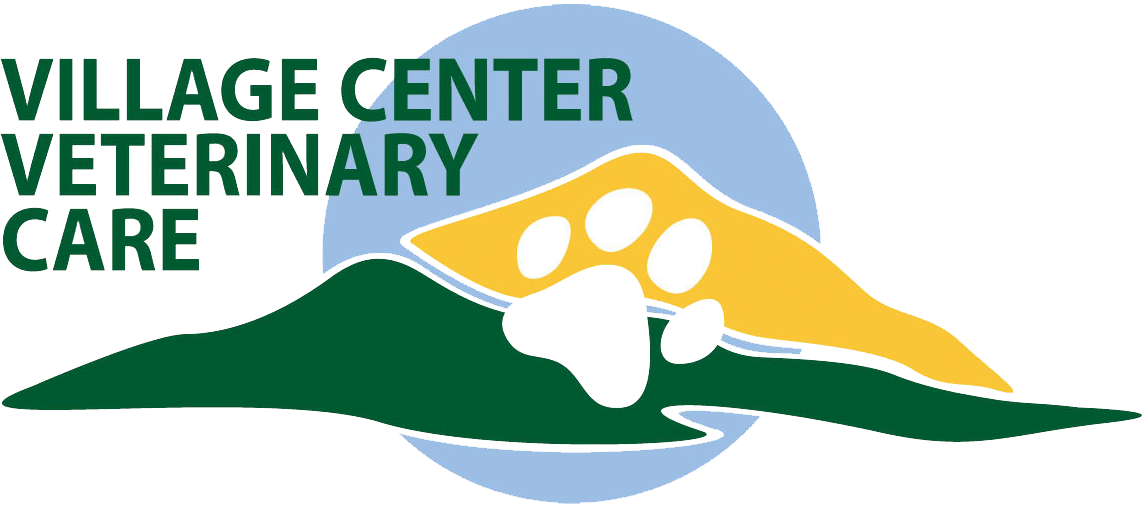“I think he is rubbing his nose across the fence”, and “I think he is just rooting around with his nose in the yard” are the two most common reasons owners give me for that crusty patch of skin on their dog’s noses that often starts at the junction of the haired skin on the bridge of the nose and the nose itself and never seems to heal. As the pink, crusty area spreads up the bridge of the nose or starts involving the end of the nose it starts becoming apparent that this isn’t just minor abrasions from rooting and rubbing.
Discoid lupus is the most common of a group of skin problems in dogs that affect the nose and are caused when the immune system gets its wires crossed and starts attacking normal tissue. Nobody knows exactly what triggers this problem, but when it starts the skin around the nose loses its pigment and areas that were previously black turn light pink. When the end of the nose is involved the pink areas also tend to lose the normal cobblestone texture that the rest of the nose has. Soon the pink areas start becoming crusty, and often the tissue becomes fragile enough that it can crack and bleed. Because the pigment has been lost in affected parts of the nose that skin is much more susceptible to sunburn, which makes the problem even worse.
An official diagnosis can only be made with a skin biopsy, but the appearance of the nose is often very characteristic, so sometimes treatment can be started immediately without a biopsy.
Many owners have already tried Neosporin or other soothing ointments to try to soften the crusty skin and protect it from cracking. While that may help a tiny bit on a superficial level, it doesn’t stop the underlying process that is taking place. Treatment involves reducing the abnormal immune response that is triggering the problem to begin with.
There are quite a few treatment options available. For milder cases topical treatment may help. Some options include opening a vitamin E oil capsule and putting its contents directly on the affected skin, and cortisone containing ointments. There is a newer medication that goes by the brand name Protopic, that can be very effective against this problem. Protopic tends to be quite expensive for a small tube of ointment, and it, along with everything else one could try to slather on a dog’s nose, is vulnerable to the main pitfall of applying topical medication to the nose of a dog, being that almost anything topically applied to the nose is quickly transferred to being topically applied to the tongue where it isn’t doing much good. You may increase your chance of success if you apply medication immediately prior to feeding your dog or playing a vigorous round of fetch so that he might forget about it and leave it alone.
Often systemic medication is necessary to control the problem. I usually start with a combination of the antibiotic doxycyclene and the B vitamin niacinamide even though this problem is neither an infection nor a vitamin deficiency. For reasons that are not completely understood these two substances work together to have a strong anti-inflammatory effect on the skin and can often resolve the problem without much risk of side effects.
When this line of treatment isn’t effective it is time to pull out the big guns. Prednisone will almost always make the problem go away, but there are side effects to contend with that may sometimes be worse than the problem. Other immune suppressive agents like cyclosporine and Azathiaprine can also be effective, but careful monitoring must be done to make sure that they are not suppressing the immune system too effectively, and the cost of these medications is greater than many of the other options.
Whatever the treatment of choice, the goal is to get the skin on and around the nose to a comfortable level without using more medication than necessary. Because all of these treatments only address the symptoms of the disease and don’t actually stop the underlying tendency for the immune system to generate the problem they usually have to be given forever, although once good control is achieved sometimes the amount of medication can be reduced or the type of treatment can be switched to something with fewer side effects in order to maintain control.

